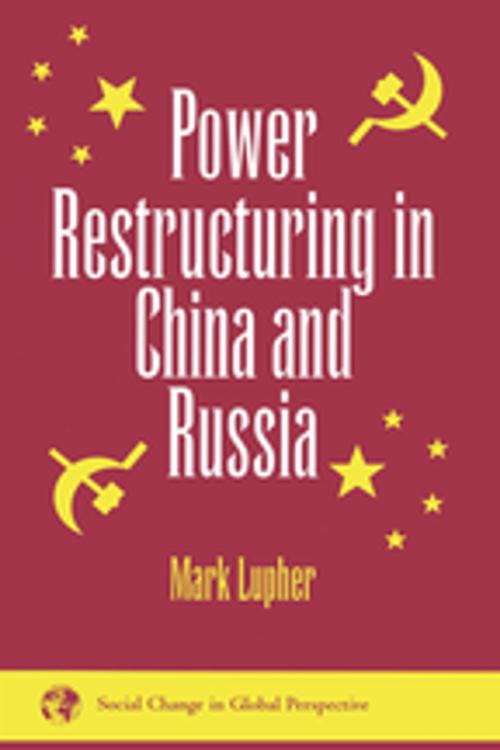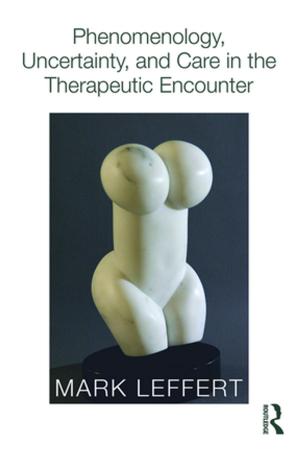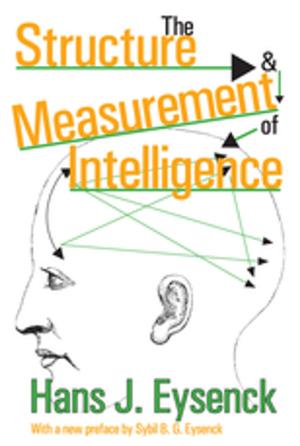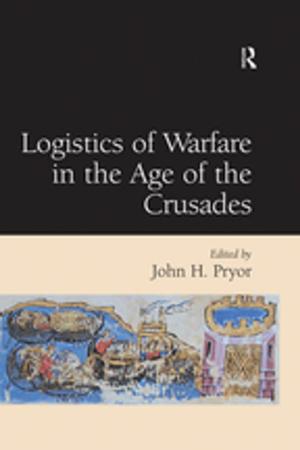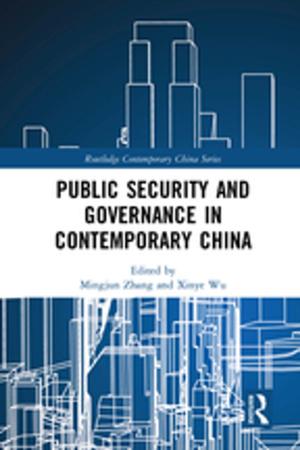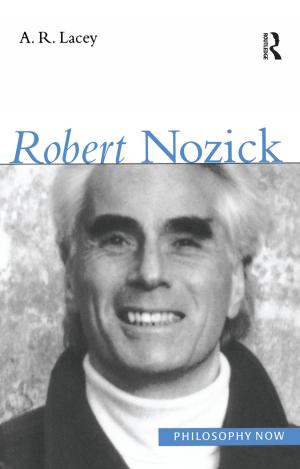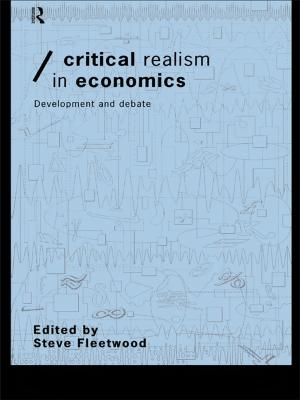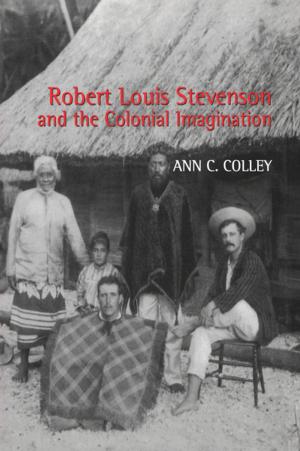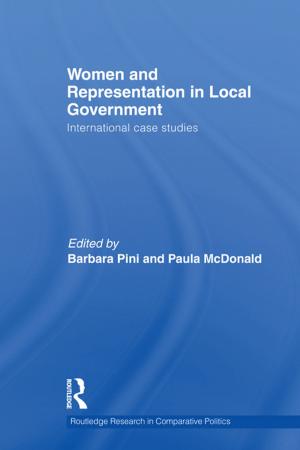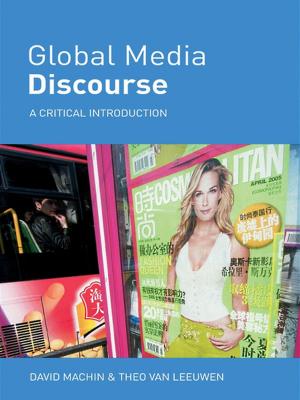Power Restructuring In China And Russia
Nonfiction, Social & Cultural Studies, Political Science, International, Social Science| Author: | Mark Lupher | ISBN: | 9780429977725 |
| Publisher: | Taylor and Francis | Publication: | February 12, 2018 |
| Imprint: | Routledge | Language: | English |
| Author: | Mark Lupher |
| ISBN: | 9780429977725 |
| Publisher: | Taylor and Francis |
| Publication: | February 12, 2018 |
| Imprint: | Routledge |
| Language: | English |
The massive economic transformations and political upheavals that have been sweeping China and the Soviet Union in the final decades of the twentieth century are among the great dramas of our time. Yet the origins of these revolutionary changes are murky and their outcomes unclear. Have we witnessed the demise of an archaic authoritarian order and the rise of pluralism and democracy, or are the tumultuous events of the post-Mao era and the period of perestroika more usefully viewed in light of broader patterns of power and politics in Chinese and Russian history? Considering these questions with a new interpretation of power relations and political processes in China and Russia, Mark Lupher explores the imperial era, the communist period, and the current situation in both countries. Rather than speaking of “reform,” which too often is understood as liberalization along Western lines, his discussion is focused on power restructuring—the ebb and flow of state power; the centralization and decentralization of political and economic power; and the three-way struggles between central rulers, various elites, and nonprivileged groups that drive these processes. Lupher’s power-restructuring analysis is noteworthy in combining broad comparative-historical analysis and conceptualization with a closely focused discussion and reinterpretation of the Chinese Cultural Revolution—the core of his book. By comparing and bringing new light to bear on a series of pivotal episodes in Chinese and Russian history, he furthers our understanding and assessment of processes that will continue to unfold in China, Russia, and the former Soviet republics.
The massive economic transformations and political upheavals that have been sweeping China and the Soviet Union in the final decades of the twentieth century are among the great dramas of our time. Yet the origins of these revolutionary changes are murky and their outcomes unclear. Have we witnessed the demise of an archaic authoritarian order and the rise of pluralism and democracy, or are the tumultuous events of the post-Mao era and the period of perestroika more usefully viewed in light of broader patterns of power and politics in Chinese and Russian history? Considering these questions with a new interpretation of power relations and political processes in China and Russia, Mark Lupher explores the imperial era, the communist period, and the current situation in both countries. Rather than speaking of “reform,” which too often is understood as liberalization along Western lines, his discussion is focused on power restructuring—the ebb and flow of state power; the centralization and decentralization of political and economic power; and the three-way struggles between central rulers, various elites, and nonprivileged groups that drive these processes. Lupher’s power-restructuring analysis is noteworthy in combining broad comparative-historical analysis and conceptualization with a closely focused discussion and reinterpretation of the Chinese Cultural Revolution—the core of his book. By comparing and bringing new light to bear on a series of pivotal episodes in Chinese and Russian history, he furthers our understanding and assessment of processes that will continue to unfold in China, Russia, and the former Soviet republics.
